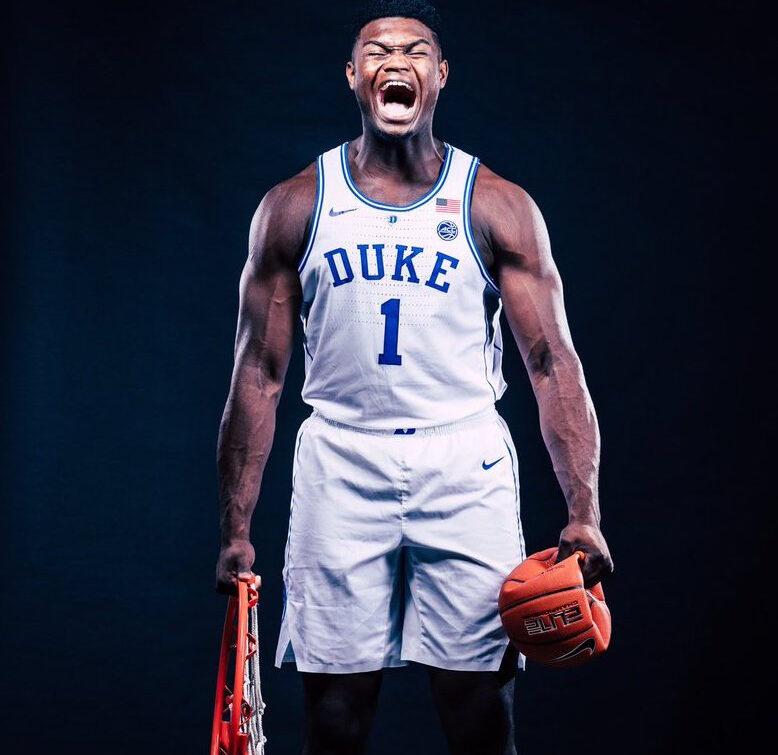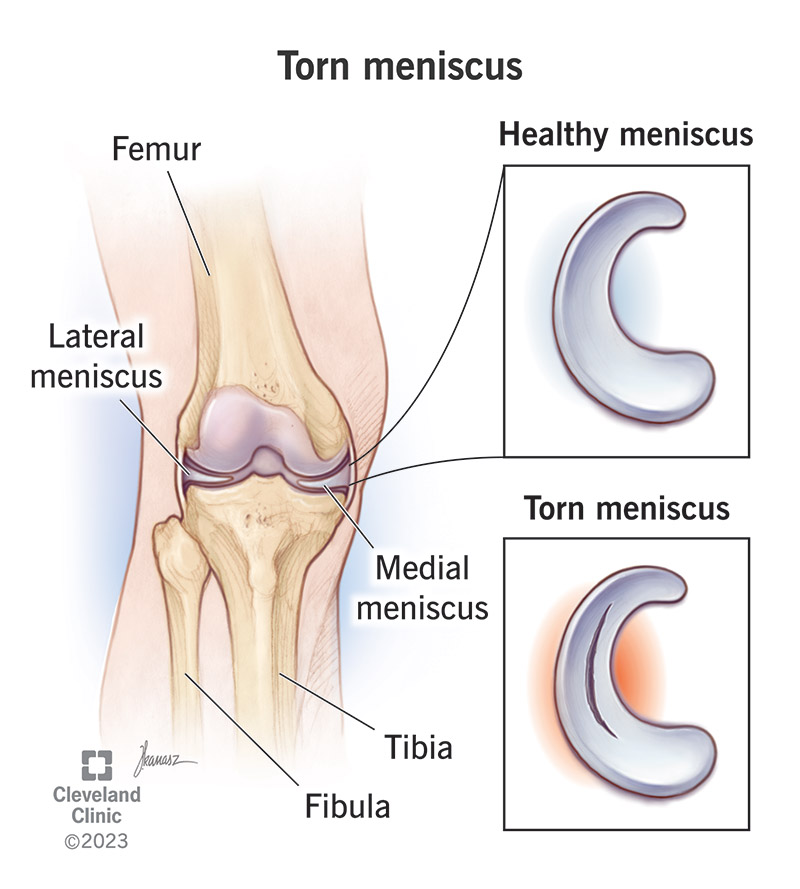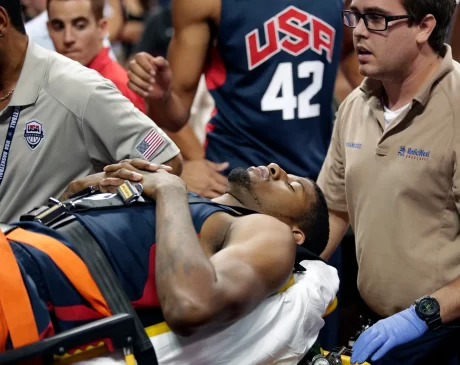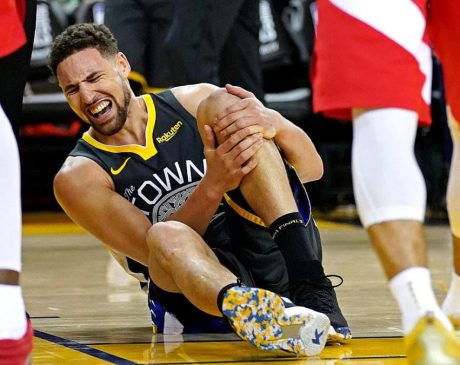The High School Prospect
The Background/Pre-Injury
Zion Williamson, known for his jaw-dropping athleticism and incredible power, was the first overall pick in the 2019 NBA Draft by the New Orleans Pelicans. At just 6’6” and 285 pounds, his combination of size, speed, and skill made him a generational talent. Coming off a stellar year at Duke University, Zion was poised to take the NBA by storm during his rookie season. However, his debut was delayed by an unfortunate preseason injury that raised early concerns about his durability.
The Injury
Zion Williamson’s injury occurred during a preseason game in October 2019 when he landed awkwardly after a jump, resulting in a torn meniscus in his right knee. The meniscus is a C-shaped piece of cartilage located in the knee joint, acting as a shock absorber and stabilizing the knee during movement. It helps distribute weight evenly across the joint and aids in the smooth operation of the knee during activities that involve pivoting, running, and jumping. In Zion’s case, the tear likely occurred from the combined forces of his explosive athleticism and the repetitive stress placed on his knees.
A torn meniscus can vary in severity, ranging from a small tear that requires conservative management to a complete tear that demands surgical intervention. Zion’s injury was significant enough to necessitate arthroscopic surgery, a minimally invasive procedure in which small incisions are made to insert a camera and surgical instruments into the knee joint. The surgeon would have trimmed or repaired the damaged meniscal tissue to restore the knee’s function and alleviate pain.
Given Zion’s size standing at 6’6” and weighing 285 pounds, the injury posed a particular challenge. Larger athletes with more weight-bearing pressure on their knees are at increased risk of further complications, especially when it comes to recovery and rehabilitation. The surgery and subsequent rehab focused not only on healing the meniscus but also on strengthening the muscles around the knee joint, including the quadriceps and hamstrings, to provide better support and stability during dynamic movements.
The recovery process typically involves several weeks of rest and a gradual return to weight-bearing activities. In Zion’s case, this meant a slow reintroduction to basketball-specific movements, with strict monitoring to prevent reinjury. The Pelicans’ medical team also emphasized load management to ensure Zion’s knee had enough time to heal fully before returning to the intensity of the NBA season.
Post-Injury
Zion’s recovery plan included surgery to repair the meniscus and a rigorous rehab process aimed at strengthening the muscles around his knee. His medical team also focused on optimizing his conditioning to reduce stress on his joints, given his unique frame.
When Zion finally made his debut on January 22, 2020, the basketball world was watching. He didn’t disappoint, scoring 22 points in just 18 minutes, including an unforgettable stretch where he hit four consecutive three-pointers. Though the Pelicans managed his minutes carefully, Zion quickly established himself as a dominant force, averaging 22.5 points and 6.3 rebounds per game during his shortened rookie season.
Zion Williamson’s knee injury was a wake-up call for both him and the Pelicans, highlighting the importance of careful load management and conditioning. Despite the setback, Zion’s determination and work ethic allowed him to overcome the challenge and live up to his immense potential.






